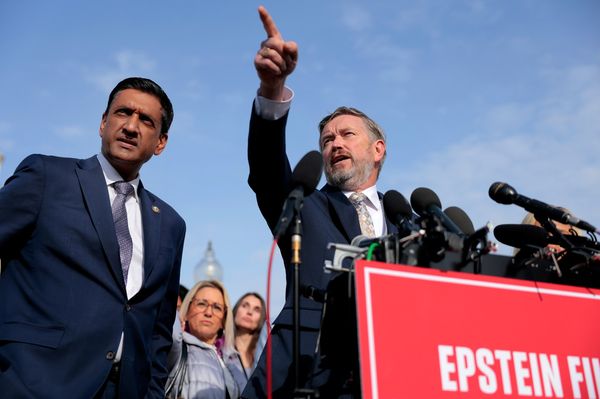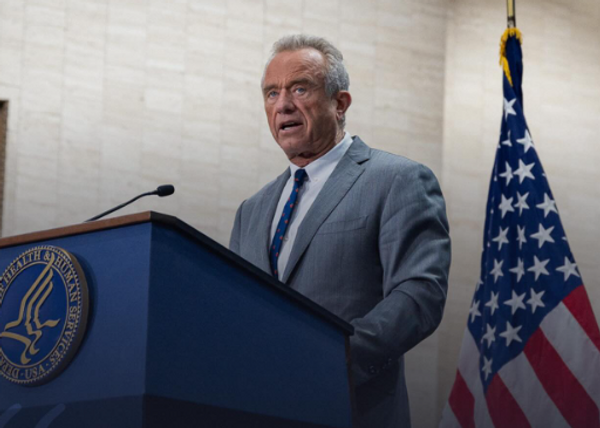Brazilians have been strikingly divided in their response to the trial and conviction of their former president Jair Bolsonaro for plotting a coup after his 2022 election defeat. A poll conducted shortly before the September 11 verdict found that 48% wanted to see Bolsonaro imprisoned while an almost equal proportion – 46% – wanted him to remain free.
A separate survey in late August suggested that, were a new presidential election held, 45.4% would vote for Bolsonaro and 44.6% for the incumbent president, Luiz Inácio Lula da Silva. For half of Brazilians, it would appear, the conviction of Bolsonaro was a just end for a would-be dictator. For the other half it was a politically motivated leftwing witch hunt.
The persistent loyalty of so many Brazilians to Bolsonaro seems illogical if one looks at the evidence gathered against him. The former president was shown to have considered numerous alternative ways of staying in power.
These included issuing decrees to stay in office and summoning military leaders to formalise the coup. He was also found to have endorsed a plan to assassinate Lula and his vice-president elect, Geraldo Alckmin, as well as supreme court judge Alexandre de Moraes. This was all covered extensively across Brazil’s mainstream media outlets.
Added to this is the evidence accumulated during Bolsonaro’s term of office (2019-22) that he used “digital militias” to take down his enemies, propagated “fake news” on a vast scale and pursued “antidemocratic acts” against Brazil’s institutions. When taken together, it becomes more surprising that so many Brazilians do not accept his guilt.
However, their denial makes more sense when you look at where Brazilians find their news and information. Many people in Brazil have abandoned legacy media almost entirely and rely on social media, influencers and WhatsApp for their news. Over 90% of Brazil’s adult population are active WhatsApp users.
Conscious of this, Bolsonaro and his administration built and maintained a parallel information ecosystem while in office based around social media and messaging services. This digital ecosystem comprised a vast network of alternative news sites, YouTube channels, social media influencers, Facebook pages, WhatsApp administrators and legions of bots.
Official investigations later revealed that the system was coordinated by the so-called Hate Cabinet, which was run by Bolsonaro’s sons, Carlos and Eduardo, and leading advisers such as Felipe Martins. The Hate Cabinet earned its nickname because the operation’s primary strategy was personal attack.
Whenever anyone criticised the administration, challenged Bolsonaro or showed signs of disloyalty, the Hate Cabinet would orchestrate a vicious campaign against them. This could include false claims about corruption, criminal activity or sexual impropriety, combined with threats of violence.
Joice Hasselmann, a Brazilian politician who fell out with Bolsonaro, was sent a severed pig’s head in November 2018 along with a note reading: “You will suffer and you will die”. These “reputation killings” were used to discredit a wide range of people, from journalists and judges to opposition ministers. The intention was to scare them into silence.
The information operations of the Bolsonaro administration went well beyond reputation killings. With its network of close supporters, the administration sought to undermine public confidence in Brazil’s democratic institutions and processes. This included the judiciary, mainstream media and electoral system.
They smeared supreme court justices whenever the judges made decisions with which they disagreed, while dismissing journalistic investigations as politically motivated “cultural Marxism”. They also questioned the integrity of Brazil’s electronic voting machines.
Bolsonaro’s alternative ecosystem
This parallel information ecosystem was highly sophisticated and carefully coordinated. A “news story” would be given to an alternative news site by the Bolsonaro camp, then quickly reproduced on other sites. This gave the misleading impression that the story was legitimate breaking news rather than a smear campaign by Bolsonaro insiders.
Links were then posted to the articles by a network of influencers, which was amplified by bots. Tens of thousands of WhatsApp groups were also set up, led by Bolsonaristas – unofficial Bolsonaro supporters who organised themselves according to military ranks. They disseminated content to their millions of followers.
The effort was funded largely by regime-friendly business people who wanted to keep Lula’s leftwing Workers’ party (PT) out of power. But funding also came via online advertising, some of it paid for covertly by the Bolsonaro government.
Bolsonaro’s alternative ecosystem failed to get him reelected – just. He lost to Lula by 49% to 51% in the second round of voting in October 2022. But it succeeded in undermining trust in the electoral process and in Brazil’s democratic institutions. It also succeeded in nurturing a society riven in two – where the two halves not only have different political views but live in different political realities.
Moreover, Bolsonaro showed how malleable the new digital information environment could be for those who want to construct alternate realities. And, as we show in our forthcoming book, Dictating Reality: The Global Battle to Control the News, such parallel realities are increasingly evident in democracies across the world.
A growing number of leaders and parties are manipulating the digital communication environment to promote whatever narrative serves them best.
The authors do not work for, consult, own shares in or receive funding from any company or organisation that would benefit from this article, and have disclosed no relevant affiliations beyond their academic appointment.
This article was originally published on The Conversation. Read the original article.







